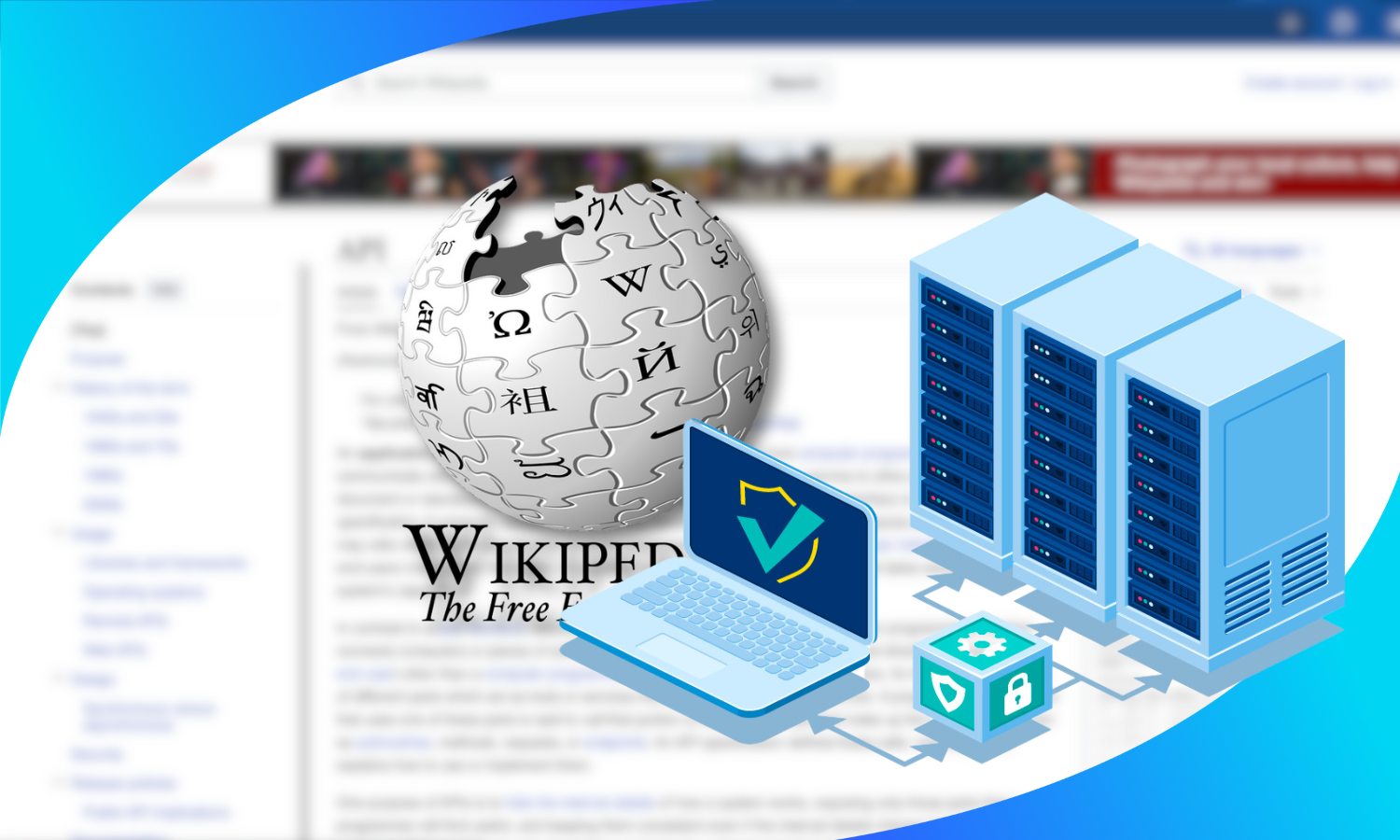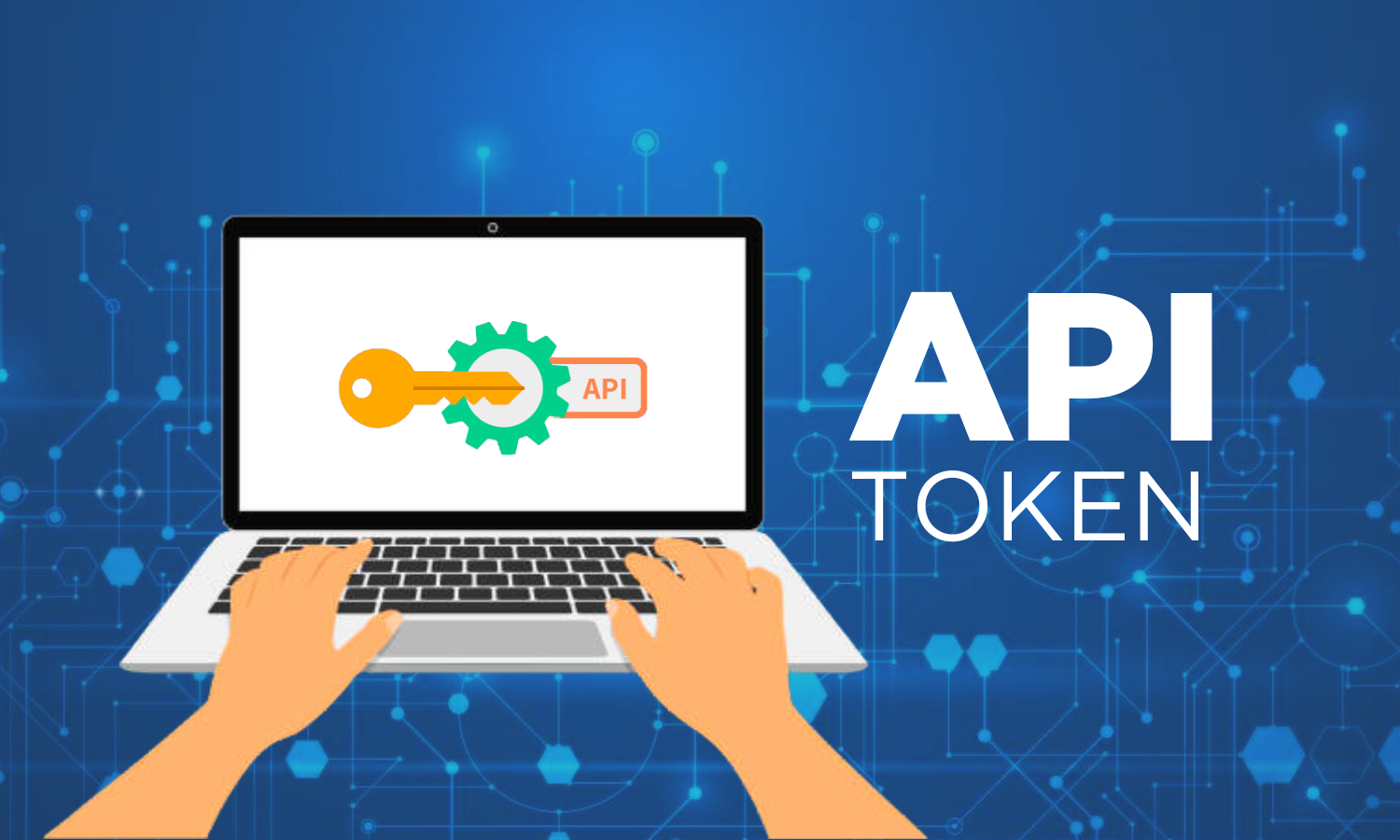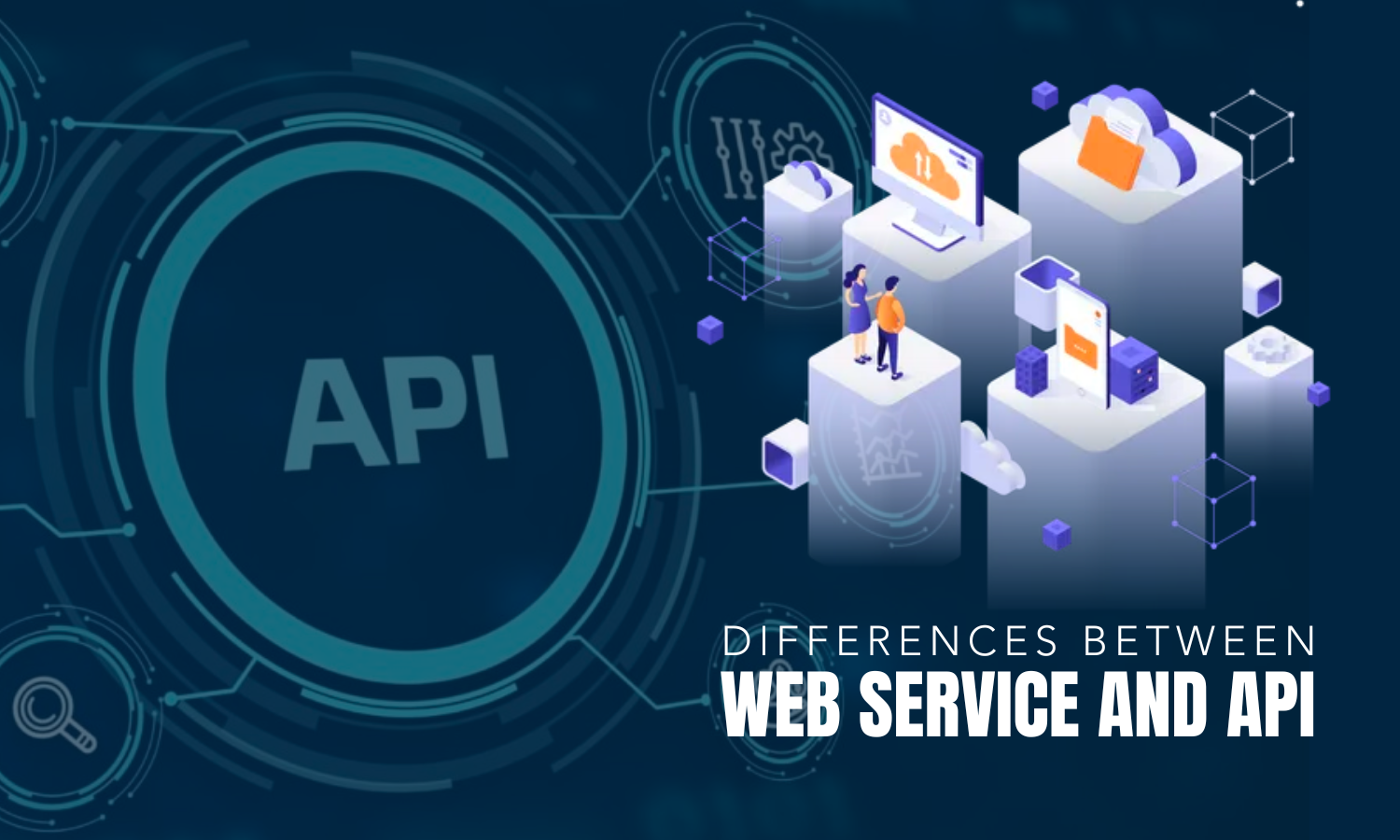

Updated · Feb 11, 2024
Updated · Aug 18, 2023
Deyan is an avid enthusiast and self-proclaimed fan of the Windows operating system. His passion for... | See full bio
Florence is a dedicated wordsmith on a mission to make technology-related topics easy-to-understand.... | See full bio
As a smartphone owner, you've likely heard of the debate of which phone is best. To make a verdict, tech-savvy people look beyond a phone’s physical appearance.
What's also essential is inside it—the mobile operating system (OS) enabling your phone to run applications and programs.
Each mobile phone has its OS. It typically updates regularly with new software to keep your mobile phone current.
An excellent example of an OS delivering impressive updates is Apple Inc's OS known as iOS.
iOS has a global market share of 28.36% as of the second quarter of 2023. It is among the popular operating systems with Android and Microsoft's Windows Phone OS.
|
🎉 Fun Fact: iPhone is one of the biggest contributors to Apple’s success. There are over 2.24 billion iPhones are sold worldwide. iPhone sales accounted for 50% of Apple's revenue in 2022. |
If you want to understand how iOS works, this article is for you. Read on to learn about the history behind this operating system and more about the latest iOS features!
|
🔑Key Takeaways
|
iOS stands for the iPhone Operating System. It was made to support the iPhone and was born the same day the first iPhone was introduced.
It was January 9, 2007, when Apple CEO Steve Jobs gave an audience of 4,000 people a speech saying:
|
"Every once in a while, a revolutionary product comes along that changes everything." — Steve Jobs |
Apple iOS's first release was a breakthrough of its time, and as the iPhone evolved over the years, so did the iOS.
iOS was originally called iPhone OS until the fourth generation of the software debuted in June 2010.
|
🎉 Fun Fact: The latest iOS is iOS 16, officially released on September 12, 2022. There have been minor updates, and its most recent version is iOS 16.5.1 (c), released July 12, 2023. |
There are already 16 versions of iOS so far. The first iOS 17 public beta was released on July 12, 2023, but the official rollout is expected in September.
iOS has come a long way. Most iOS apps now seamlessly integrate with the iOS ecosystem using Objective C and Swift languages.
In technical terms, iOS was built with an object-oriented programming (OOP) language called ‘objective C.’ It adds Smalltalk-style messaging to the C language.
Objective C has become the go-to language for developing iOS before another language came in 2014 called Swift.
Swift is an open-source programming language that allows developers to get even more creative.
Other than for iOS, Apple created Swift for building apps with Mac, Apple TV, and Apple Watch.
Below are the Apple products that use iOS.
 Photo from: Unsplash
Photo from: Unsplash
The OS that works the magic inside billions of Apple devices is called iOS, which initially supported the iPhone and later expanded to support the iPod touch. iPod Touch development was discontinued in May 2022.
The iPod Touch is an iconic MP3 player that resembles a pocket-sized iPhone but lacks cellular connectivity.
In conclusion, iOS currently only supports iPhones. Apple’s tablet PC, mostly known as the iPad, used to use iOS too. It got its own OS in 2019 called the iPadOS.
|
🎉 Fun Fact: Did you know that “i” in Apple devices means “internet, individual, instruct, inform, and inspire”? It was a million-dollar question until Steve Jobs revealed the answer in a presentation slide nearly two decades ago. |
It's worth noting that the first iPhone with the iPhone OS 1 already had some amazing features at that time: the multitouch screen, visual voicemail, threaded text messaging, and iTunes integration, among others.
As of mid-July 2023, the latest iOS available to the public is iOS 16. Its notable features include the redesigned lock screens and the fact that Siri can now hang up a phone or FaceTime call.
Below are some of the iOS features made to improve user experience.
The latest data from Statista show that as of the 3rd quarter of 2022, there are roughly 1.6 million available apps for iOS.
The number has been increasing over the years. It's also established that new apps appear earlier on iOS than other operating systems.
An iPhone's graphical user interface also comes with pre-installed Apple applications. It includes the following:
All these apps are managed by a mechanism called the Springboard.
Providing all application launching services, the springboard is essentially iOS's graphical user interface.
When you turn on your iPhone, the operating system (iOS) takes control and starts the device. It then turns on the Springboard which is responsible for displaying the icons for each app installed.
iPhones have an optimized user interface that stands out among others. It was in 2013 when Apple made a major design shift that cemented the iPhone UI flat design.
Interface control elements on iOS include sliders, switches, and buttons. On the front end, you have the lock screen, home screen, and a list of apps to fiddle around with.
iOS maintains its esthetic integrity with standard text styles and subtle graphics. Below is the latest iPhone user interface with iOS 16.
 Image from Apple
Image from Apple
Not only does the iOS 16 have a great interface design, but it was also beefed up with multitasking features.
Discover more of iOS’ multitasking capabilities below.
Apple makes sure iOS integrates features and functionalities like easy multitasking. Meaning, leaving one app running in the background while you do something else.
iOS behaves in ways people expect, which encourages constant multitasking among users.
|
🎉Fun Fact: iOS 4 was the first Apple OS version that could genuinely multitask. It worked by freezing apps that weren’t in use rather than running multiple simultaneously. |
Apple uses the "Fast App Switching" technology that makes switching apps on an iPhone fluid.
Imagine swiping up to leave an app and return to the home screen. The app freezes where you left it until you return, so you pick up where you left off instead of starting anew.
To see all your open apps in the App Switcher, do one of the following steps:
To browse the open apps, swipe right, and tap the app you want to return to.
New iOS features in iOS 16 make it simpler to see which apps are open and switch between tasks.
|
👍Helpful articles: Stay updated on the latest features, app recommendations, and troubleshooting tips for iOS. Try checking the following Techjury articles: |
Another way iOS carries out convenience is by using a voice-controlled virtual assistant, Siri.
See how Siri makes its users' lives easier in many ways below.
Apple's Siri is its intelligent voice assistant for iPhone, iPad, AirPods, Apple Watch, Beats, HomePod, and Mac.
Siri works like Amazon's Alexa and Google's Google Assistant. This AI will help you find information, send texts, or even video call with people with one voice command.
Here’s a list of the other things Siri can do:
|
👍 Helpful Article: With iPhones evolving nonstop, you may have curious questions Techjury could answer, like if it's bad to leave your phone charging overnight or how to charge an Apple pencil. |
Simply ask Siri for what you need, and she’ll respond through the device's speaker.
Apple Facetime is a video and audio chatting platform for iPhone, iPad, and Mac users. You can make video and voice calls via Wi-Fi or over cellular data.
Facetime was updated many times in 2023; the most notable is video voicemail. It lets you leave spontaneous videos or voice messages when you call someone unavailable.
Another notable thing about FaceTime is that you can turn on live captions. To see the conversation transcribed on the screen makes it easier for users to follow along with the conversation.
Last but not least, one important iOS feature covered in this article is Safari, Apple's built-in browser.
Apple's Safari browser is number two among the best internet browsers worldwide. It accounts for 21% of market share as of May 2023.
There are many things that Safari does that other browsers don't. If you want to translate websites displayed in a foreign language, click the AA icon and select "Translate to [your language]."
|
✅ Pro Tip: When you have too many tabs, organize them into groups. Tap the Tabs icon> select X Tabs> select New Empty Tab Group or New Tab Group from X Tabs, name it, and save. |
iOS is a powerful entity packed with features, but it also has its disadvantages. Learn the benefits and drawbacks of iOS fully below.
iOS enables you to do many things. However, there are a few factors why an iPhone is not every consumer’s cup of tea.
Here are the pros and cons of iOS that may help you decide whether it is the right device for you:
|
Pros |
Cons |
|
Impeccable security. Apple has strict security processes making iPhones free of malicious codes and viruses. There are barely any instances of security breaches with iOS. The known iPhone calendar virus is easy to remove. |
Very pricey. Iphones are expensive due to the use of quality components and many factors. Even the apps in the App Store are expensive (and take up a lot of space). |
|
Simple interface. The iOS has a similar UI design to Apple devices, making it easy to operate. |
Limited customization. While the iOS 16 makes the iPhone more customizable, some users are still dissatisfied. |
|
Performance. iOS runs much faster and smoother than its competitors. Its overall performance is excellent, and new iOS versions only improve. |
No SD card. iPhones do not provide SD cards and have never included one in any of its iPhones. You can’t extend its memory. If you want to boost it, you must change to a new device. |
|
Gestures. iOS uses simple gestures: tap, touch and hold, swipe, scroll, and zoom, which makes using the phone intuitive and efficient. |
Weak battery. An iPhone’s incredible performance has a downgrade of draining its battery fast. |
|
Quality camera experience. iPhones are known for their quality cameras. It has better lenses and higher-resolution sensors than its competitors. |
|
|
Supports multi-language. iOS currently supports 21 languages, including Arabic, Portuguese, and Spanish. |
|
|
Google Maps added features. Google map has features available in iOS that are not in other operating systems. |
The iOS's advantages far outweigh the cons, giving a superior user experience that no one else can provide. Switching to Apple is worth a shot if you're a non-iOS user looking for options.
Users enjoy their iPhone's performance thanks to its outstanding operating system that constantly updates with essential updates and enhancements.
Competitors are trying to do something similar but can't seem to match an iPhone's high-quality design and build.
So if iOS meets your demands to the greatest extent possible, do not hesitate to experience it firsthand.
iOS is an operating system, while an iPhone is a mobile device that runs iOS.
iOS in phone storage shows the space that the OS consumes along with Photos, Apps, Media, and System data, as the system uses caches, logs, and other resources.
iOS is a mobile operating system (OS) built by Apple for Apple products, while Android OS is a Linux-based mobile OS developed by Google.
Go to Settings > General > iPhone Storage. You can delete download and data files on individual apps. Another option is reinstalling apps to clear junk files and update them.
The race between iOS and Android is close. Android phones offer more freedom and customization options, but if you value a faster and smoother experience, go for iOS.
Your email address will not be published.
Updated · Feb 11, 2024
Updated · Feb 11, 2024
Updated · Feb 08, 2024
Updated · Feb 05, 2024



